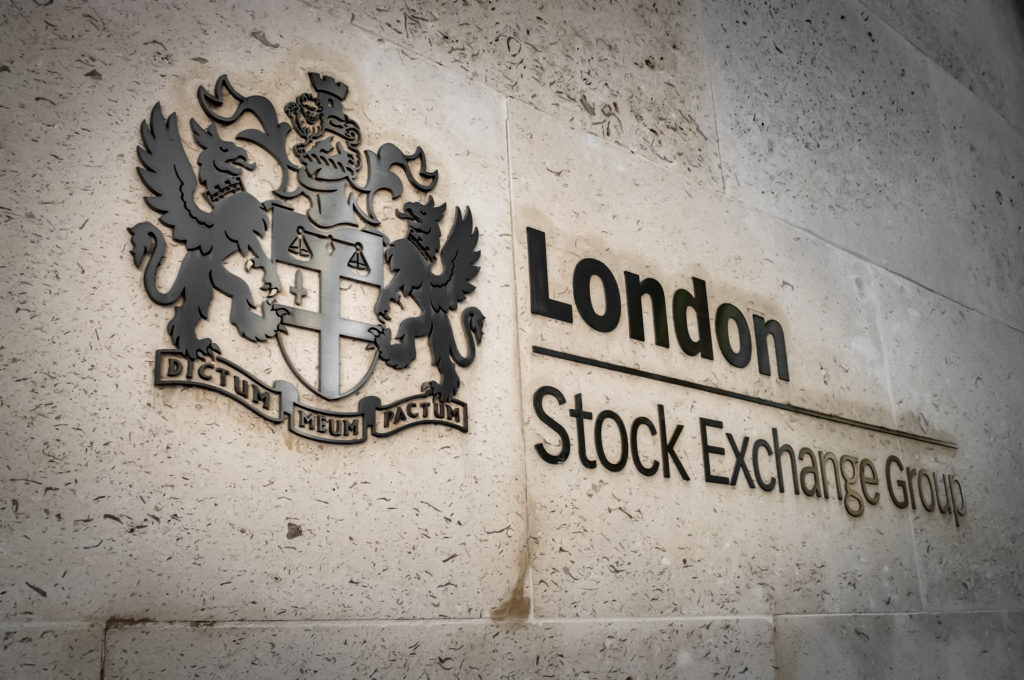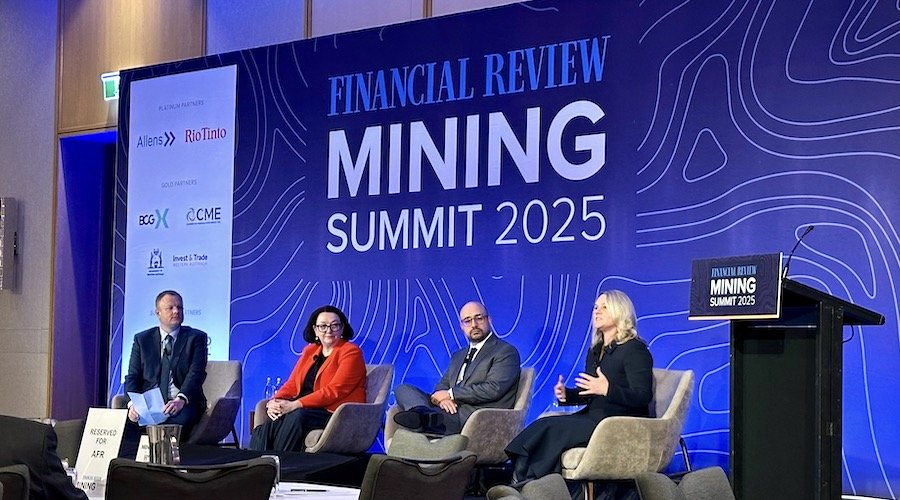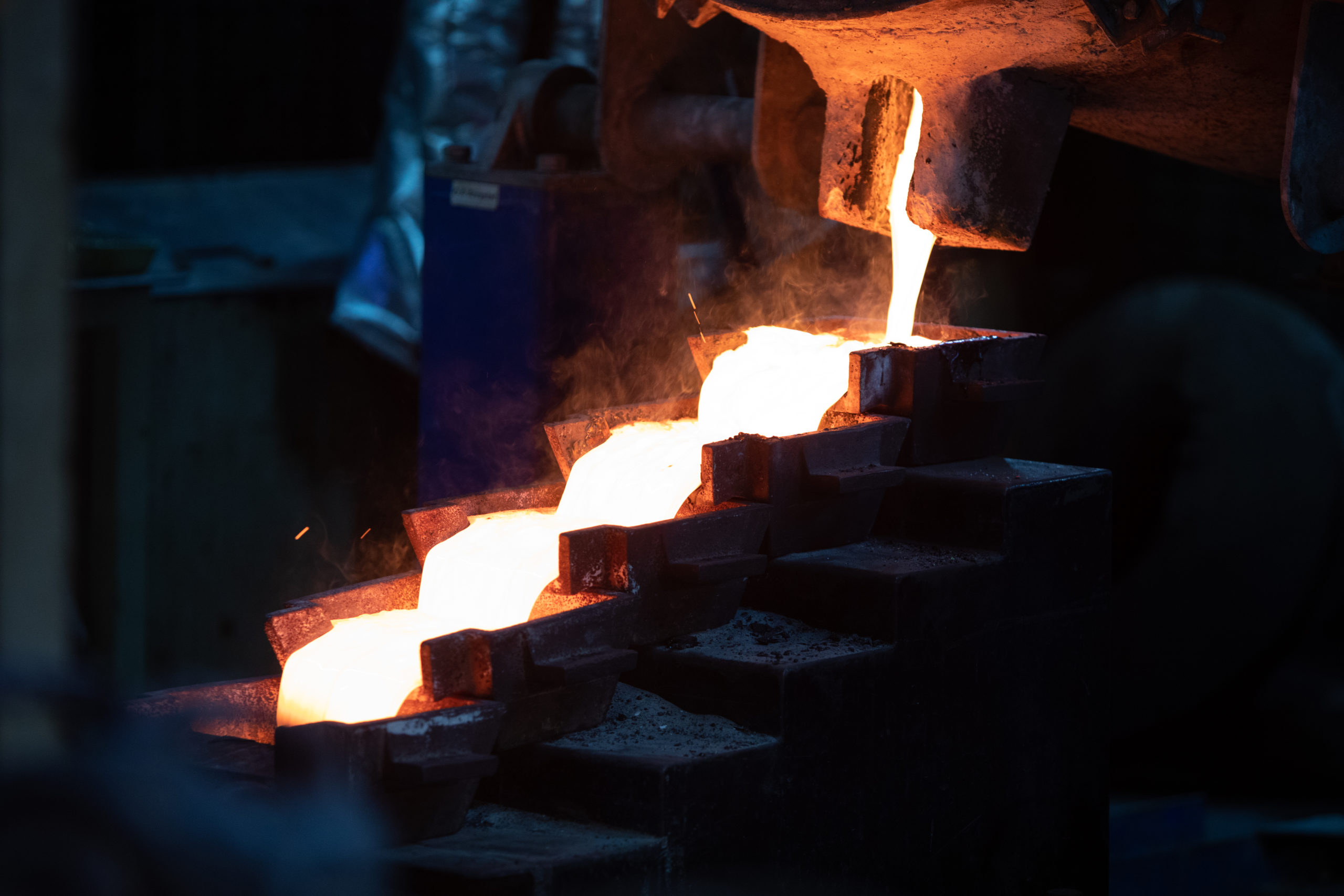Patriot Battery Metals (TSX: PMET; ASX: PMT) has boosted the Shaakichiuwaanaan project’s resource estimate in Quebec ahead of publishing a scheduled feasibility study by September.
The update shows a 30% increase in indicated tonnage at the Nova Zone (CV5) and a 306% rise at the Vega Zone (CV13) compared to the August 2024 estimate, Patriot said in a statement Monday after the close of trading. High-grade domains are now fully reclassified to indicated and still have potential for growth, the company said.
Shaakichiuwaanaan is now estimated to hold 108 million tonnes at 1.4% lithium oxide, which represents 3.8 million tonnes of lithium carbonate equivalent (LCE). It also has 33.3 million tonnes inferred at 1.3% lithium oxide, which is 1 million tonnes of LCE.
“We view the mineral resource estimate update positively, with significant growth at consistently high grade in the indicated category representing an important step as Patriot advances toward a feasibility study,” Desjardins Securities analyst Frederic Tremblay said in a note Tuesday. “The already massive resource still has potential to grow.”
Step-change
The updated resource estimate “represents a step-change in resource confidence and de-risks the path to our CV5 feasibility study,” Patriot executive VP Darren Smith said in the statement. “Shaakichiuwaanaan now stands as the largest lithium pegmatite resource in the Americas ready for development.”
After years of oversupply from 2022 to 2024, the lithium market is shifting to a deficit. The industry had a surplus of around 175,000 tonnes LCE in 2023, which dropped to 154,000 tonnes in 2024, Fastmarkets said. This year’s projected surplus is just 10,000 tonnes, and a 1,500-tonne deficit is possible in 2026. International Energy Agency data projects demand of 472,000 tonnes LCE by 2030 against 373,000 tonnes of supply, leaving a gap of 97,000 tonnes.
Patriot shares listed in Toronto rose 5% to C$2.33 in Toronto Monday. The stock has dropped 71% over the past 12 months, reflecting the deep slump in lithium equities. Patriot has a market capitalization of C$366.2 million.
Advanced project
The upgrade underpins a feasibility study on track for release by the third quarter. This comes after a January investment of C$69 million ($50 million) and a deal for 100,000 tonnes per year with Volkswagen’s PowerCo. It connects a Canadian resource to electric vehicle supply chains in North America and Europe.
The decade-long offtake deal will see VW pay a 65% premium to the 30-day volume-weighted average price of lithium. The deal includes about a quarter of the first stage output. It also covers 12.5% of the total first and second stage production. The concentrate will go to PowerCo’s cell plant in St. Thomas, Ontario.
The updated resource estimate supports a dense media separation plant, which will start at 2.5 million tonnes per year and ramp up to 5 million tonnes after the second stage is done. Life-of-mine recovery should align with the preliminary economic assessment’s assumption of 69.5%, Patriot said. Shaakichiuwaanaan should achieve average cash costs of $560 per tonne free-on-board Bécancour, while all-in sustaining costs are expected to be $593 per tonne.
Improving economics
The PEA shows an after-tax net present value of C$2.9 billion with an 8% discount rate. It has a 34% internal rate of return and a payback period of 3.6 years on the initial capex cost of C$640 million. The development is to produce 400,000 tonnes, supporting a 24-year mine life and positioning Patriot to meet an expected widening lithium supply gap.
Site power will come from Hydro-Québec via a substation 55 km south of the Tilly 315 kV line. A 17 km all-season road links the mine to the Trans-Taiga corridor. Spodumene concentrate will be trucked 834 km to Matagami before going by rail to Bécancour. Planned road and rail extensions through La Grande Alliance will help cut logistics costs and emissions.
Dual track
Permitting runs on two tracks. Patriot submitted its Initial project description to the Impact Assessment Agency of Canada in February, starting the federal environmental and social impact assessment (ESIA) process. Patriot is also working on the provincial ESIA, which the company plans to submit later this year. Both streams rest on over three years of baseline studies and Cree consultations.
Drilling has confirmed 9 km of continuous strike across CV5 and CV13 and leaves both open in several directions. Ongoing exploration will test nearby clusters – CV4, CV8, CV9 and CV15 – for further resource growth before production decisions are due by late 2027, Patriot said.



